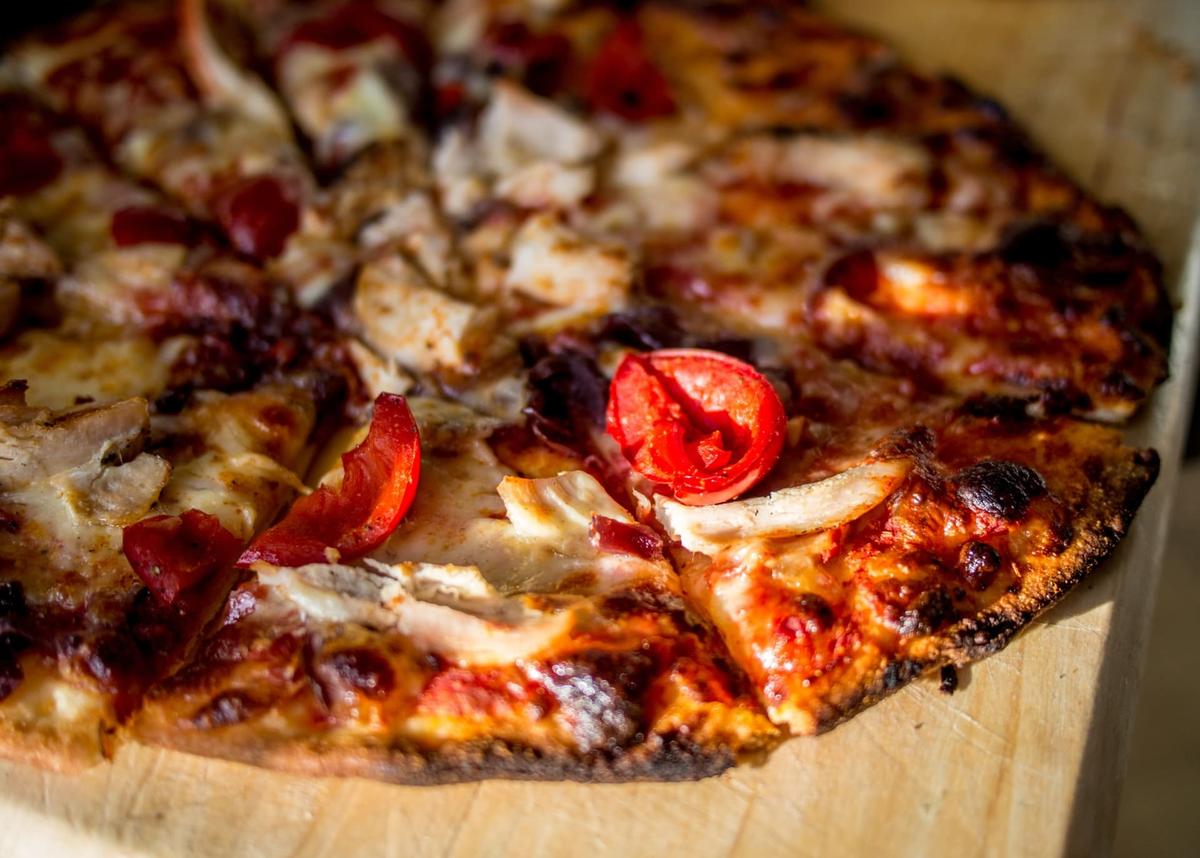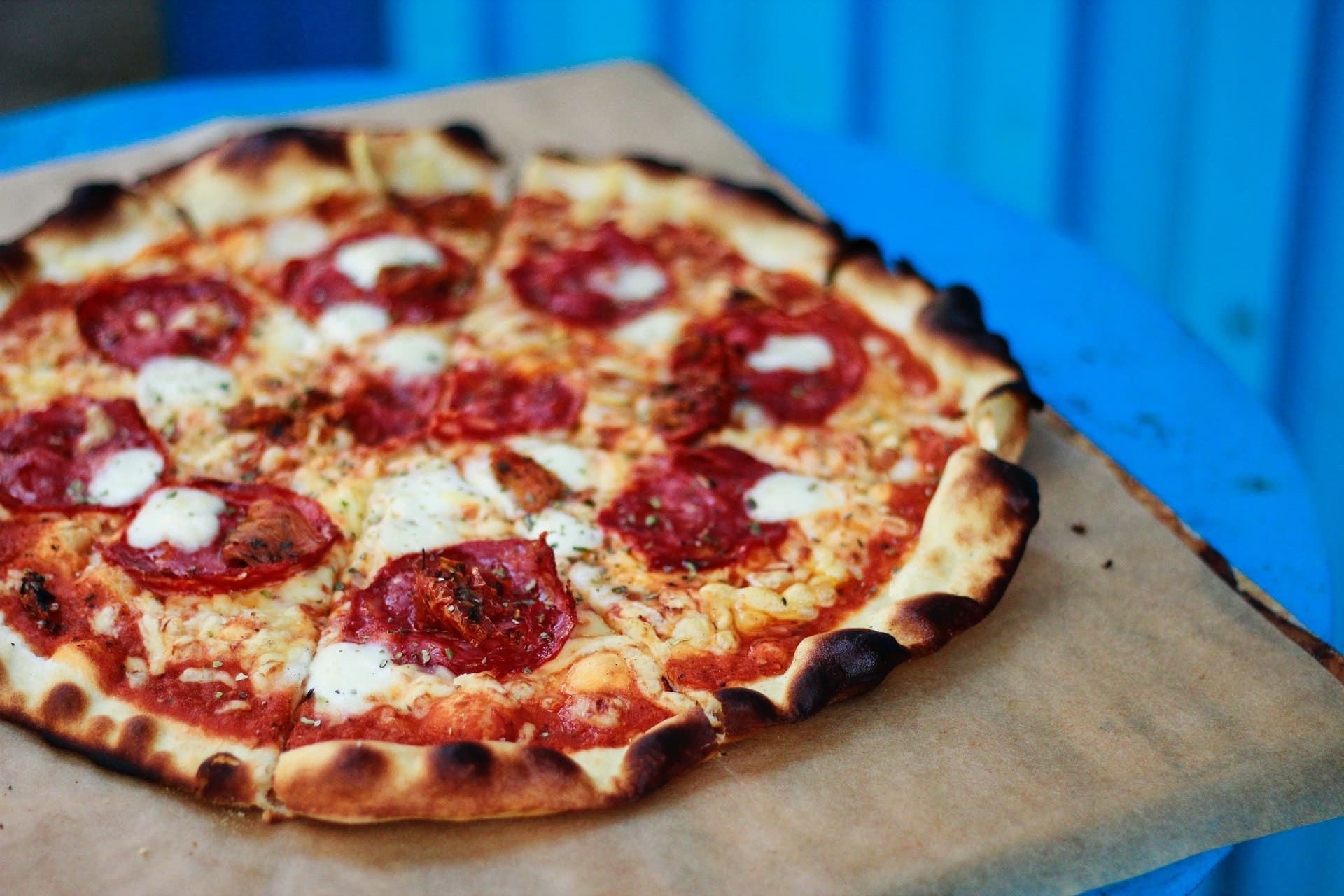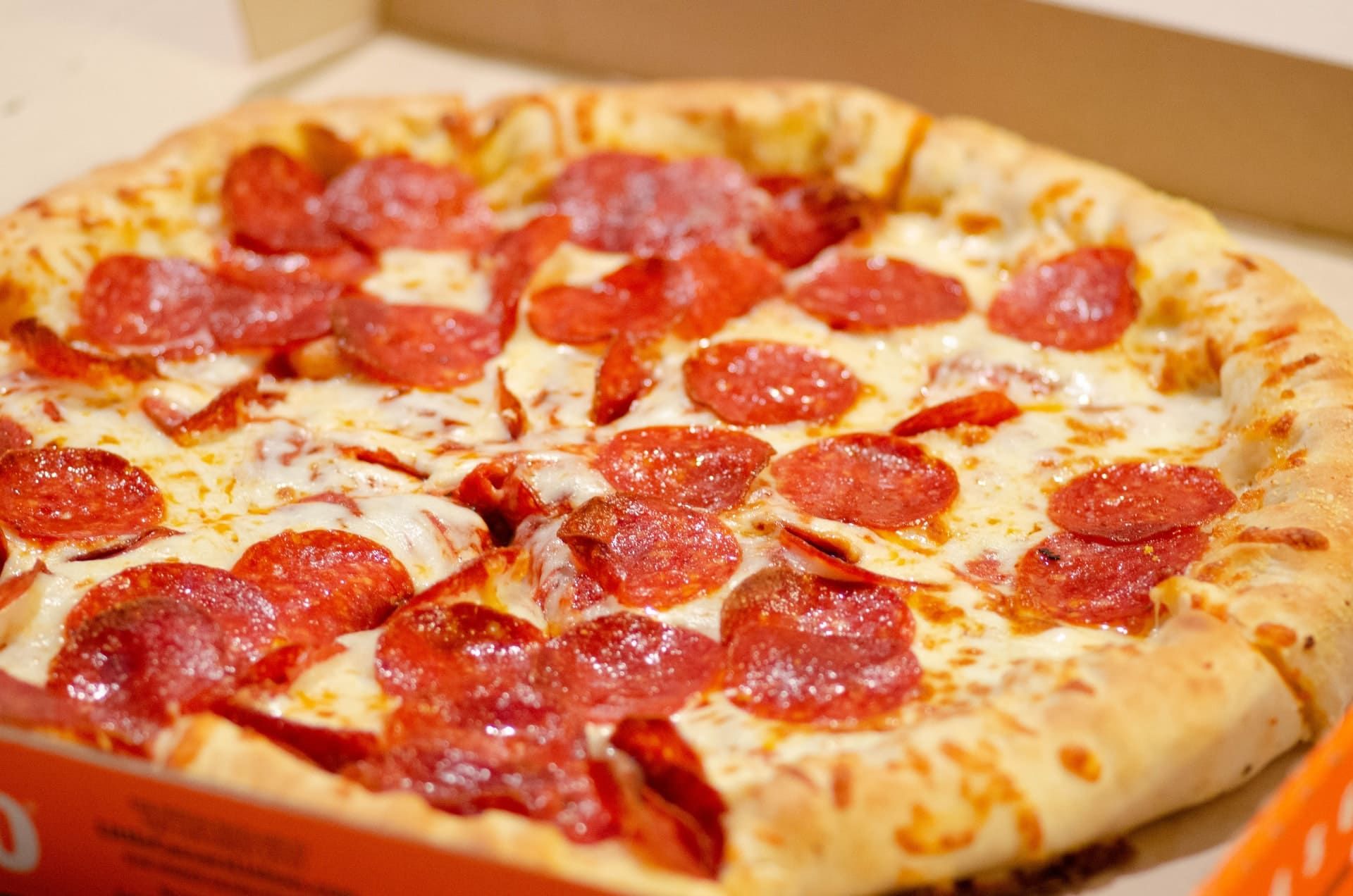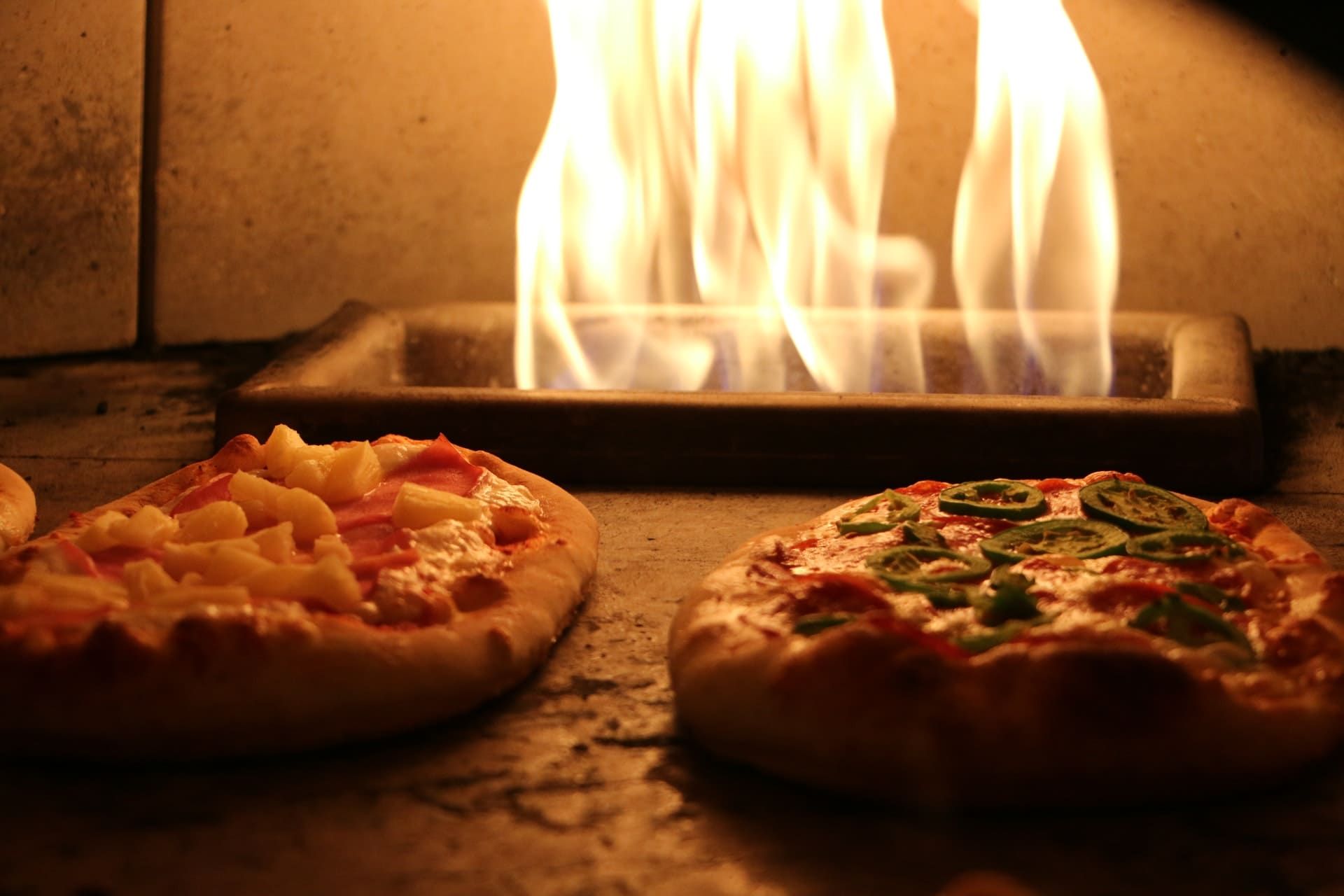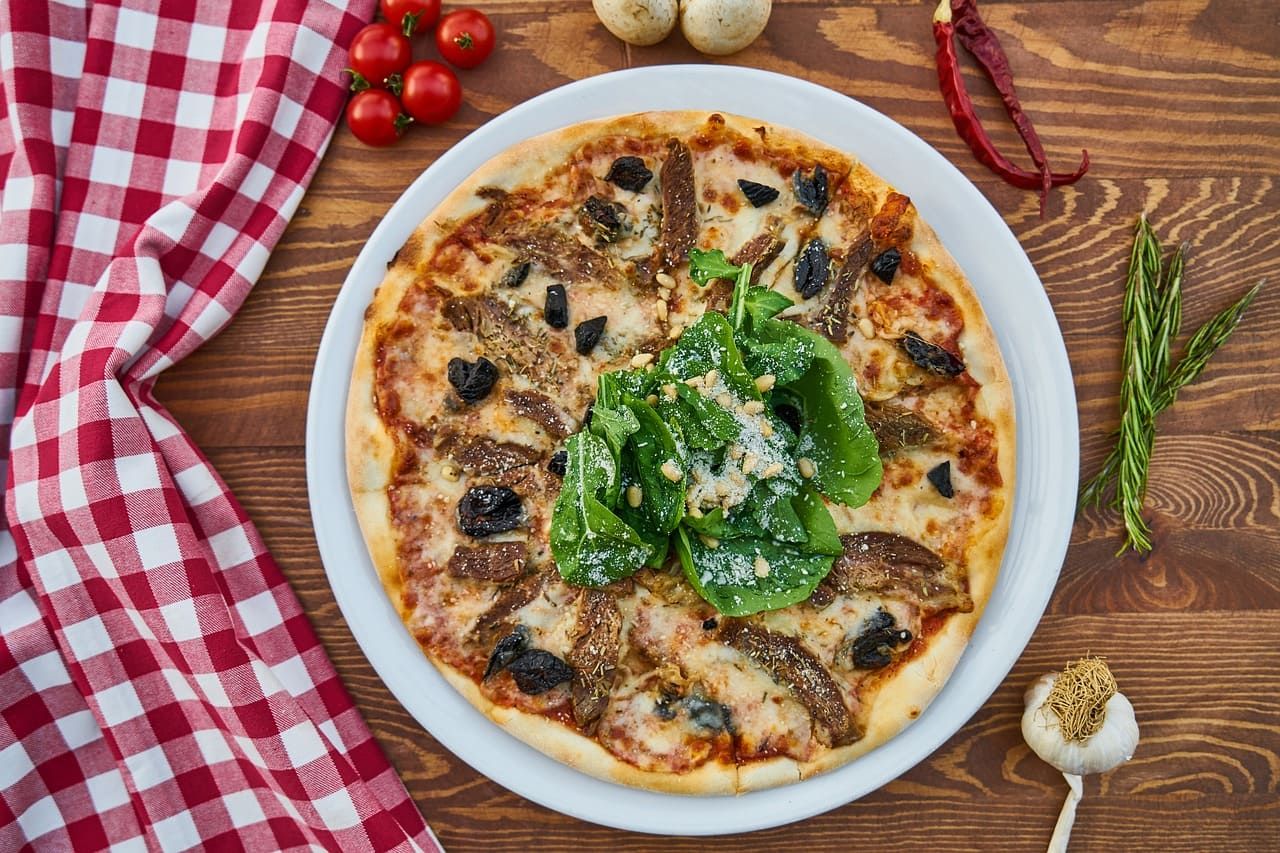
Vegetable
03-08-2022
White pizza or a white pie is an Italian-style pizza which does not use tomato sauce. The pizza generally consists of pizza dough, olive oil, garlic, cheese, salt and sometimes toppings including vegetables such as spinach, tomato, and herbs. Ricotta is a common type of cheese used on white pizza in the United States. Sometimes white sauces such as bechamel are used.
The term pizza was first recorded in the 10th century in a Latin manuscript from the Southern Italian town of Gaeta in Lazio, on the border with Campania. Modern pizza was invented in Naples, and the dish and its variants have since become popular in many countries. It has become one of the most popular foods in the world and a common fast food item in Europe, North America and Australasia; available at pizzerias (restaurants specializing in pizza), restaurants offering Mediterranean cuisine, via pizza delivery, and as street food. Various food companies sell ready-baked pizzas, which may be frozen, in grocery stores, to be reheated in a home oven.
Pizza is sold fresh or frozen, and whole or in portion-size slices. Methods have been developed to overcome challenges such as preventing the sauce from combining with the dough, and producing a crust that can be frozen and reheated without becoming rigid. There are frozen pizzas with raw ingredients and self-rising crusts. Another form of pizza is available from take and bake pizzerias. This pizza is assembled in the store, then sold unbaked to customers to bake in their own ovens. Some grocery stores sell fresh dough along with sauce and basic ingredients, to assemble at home before baking in an oven.
In restaurants, pizza can be baked in an oven with fire bricks above the heat source, an electric deck oven, a conveyor belt oven, or, in traditional style in a wood or coal-fired brick oven. The pizza is slid into the oven on a long paddle, called a peel, and baked directly on hot bricks, a screen (a round metal grate, typically aluminum), or whatever the oven surface is. Before use, a peel is typically sprinkled with cornmeal to allow the pizza to easily slide on and off it. When made at home, a pizza can be baked on a pizza stone in a regular oven to reproduce some of the heating effect of a brick oven. Cooking directly on a metal surface results in too rapid heat transfer to the crust, burning it. Some home chefs use a wood-fired pizza oven, usually installed outdoors. As in restaurants, these are often dome-shaped, as pizza ovens have been for centuries, in order to achieve even heat distribution. Another variation is grilled pizza, in which the pizza is baked directly on a barbecue grill. Greek pizza, like deep dish Chicago and Sicilian style pizza, is baked in a pan rather than directly on the bricks of the pizza oven.
Authentic Neapolitan pizza (pizza napoletana) is made with San Marzano tomatoes, grown on the volcanic plains south of Mount Vesuvius, and mozzarella di bufala Campana, made with milk from water buffalo raised in the marshlands of Campania and Lazio. This mozzarella is protected with its own European protected designation of origin. Other traditional pizzas include pizza alla marinara, which is topped with marinara sauce and is supposedly the most ancient tomato-topped pizza, pizza capricciosa, which is prepared with mozzarella cheese, baked ham, mushroom, artichoke, and tomato, and pizza pugliese, prepared with tomato, mozzarella, and onions.
A popular variant of pizza in Italy is Sicilian pizza (locally called sfincione or sfinciuni), a thick-crust or deep-dish pizza originating during the 17th century in Sicily: it is essentially a focaccia that is typically topped with tomato sauce and other ingredients. Until the 1860s, sfincione was the type of pizza usually consumed in Sicily, especially in the Western portion of the island. Other variations of pizzas are also found in other regions of Italy, for example pizza al padellino or pizza al tegamino, a small-sized, thick-crust, deep-dish pizza typically served in Turin, Piedmont.
